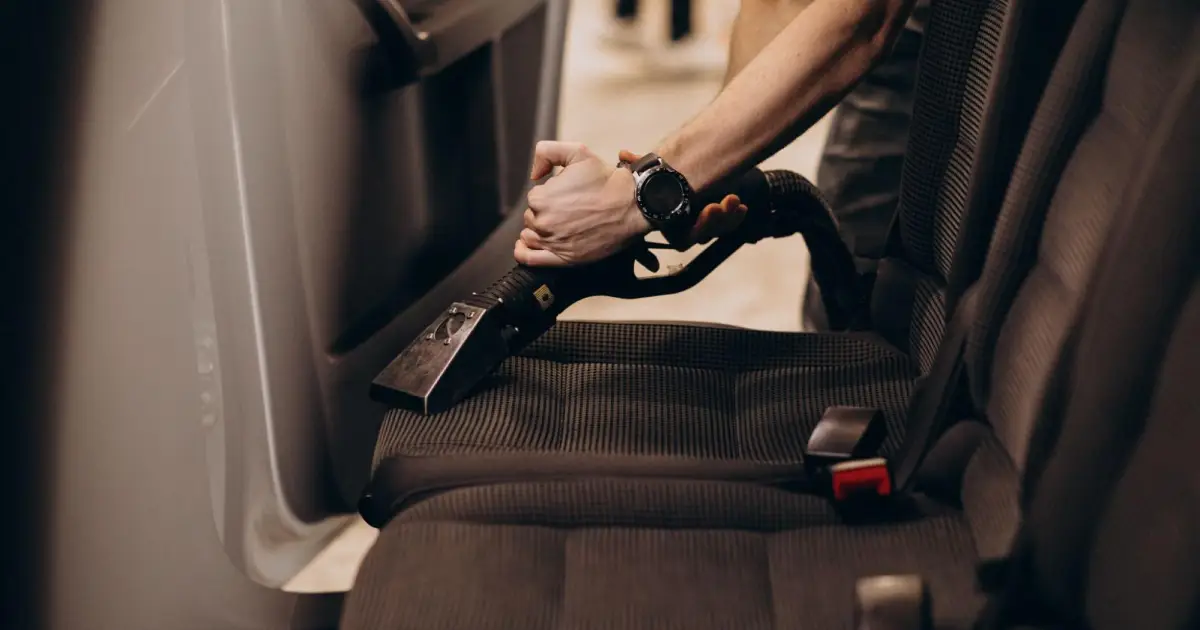
Owning a car is easy but preventative maintenance is the key to keeping any car operating for years to come. You can save money and decrease your chance of a breakdown by performing some simple car maintenance. Tire blowouts, brake failure, and other issues can all be avoided with routine maintenance. These simple tasks will increase the lifespan of your car and save you money. The good news is that the majority of routine maintenance may be easily performed at home without specialised equipment or knowledge. You will feel more secure and in control when driving if you are certain that your car is in good shape.
Car Maintenance Tips
Check your tires
One of the simplest things you can check on your automobile is the air pressure in your tyres. Due to the fact that temperature changes can alter tyre pressure, it is also one of the first things you should check at the beginning of each season. Invest in a tyre pressure gauge. To check the pressure, remove the tyre valve's cap and briefly connect the tester to the connector. The tyre pressure will be shown on the gauge, and you can perform the necessary repairs. Also, rotate your tyres to make sure the wheel is free to turn and there is no rust.
Change air filters
With time, dust and debris build up in the cabin and engine air filters, which makes your engine work harder and reduces mileage. While the cabin air filter can be found beneath the dashboard, the engine air filter is often located someplace under the bonnet. Your driving habits and where you reside will determine how frequently you should change your air filter. Typically, the filter must be changed every 20,000 to 30,000 miles (check your manual for correct information).
Top up the car fluids
Make sure the fluid levels in your car are maintained properly. They include the windscreen washer fluid, which is used to clean the windscreen of a vehicle, the brake fluid, which is necessary for the effective operation of a car's braking system, the power steering fluid, and the radiator coolant (used to regulate the temperature of an engine). To top up, you must buy the appropriate product, grab a funnel, and top up until the "full" indicator line is reached. Make sure you only use the fluid specifications that your automobile recommends.
Inspect brakes and pads
Your brakes should get the most in-depth inspections possible since they are a vital safety feature of any car. Particularly, brake pads should be changed at least once every 40,000 kilometres. If you begin to hear the familiar screeching or metallic grinding noises, you will have to replace your brake pads. For detailed instructions and suggested replacement parts, refer to your vehicle's owner manual. It's recommended to have a qualified mechanic replace your brake pads if you're not confident performing this type of repair.
Check your car batteries
The starter motor which gets the engine running, is powered by the car battery. You can verify the battery charge with a multimeter. After turning off the vehicle and connecting the multimeter leads to the battery terminals, set the multimeter to measure DC voltage. A fully charged battery should register around 12.6 volts. Recheck the voltage after starting the automobile. When the engine is running, the voltage should rise to roughly 13.5–14.5 volts. Examine the battery's terminals for any rust or damage, and make sure you clean them often. Make sure to start the car at least twice a week if you won't be using it for a while to keep the battery charged.
Clean both exterior and interior
No matter the type of car you drive, it's important to routinely wash it. Wash your car with a high-quality detergent made specifically for cars and a soft cloth at least once a week, or more frequently if it gets particularly dirty. Apply wax after completely drying the automobile. Apply a light, even layer of wax by rubbing the wax in tiny circles. Buff off the wax using a fresh microfiber cloth after allowing it to dry for a few minutes. Your car's inside has to be cleaned as well. Trash should be removed, dust should be removed using a hoover, and cleaning solutions should be used to clean all surfaces. A reputable cleaning company can also take care of this for you.
Test the lights and signals
Another aspect of your car's maintenance is to routinely check the lights and electrical parts to make sure they are in good working order and to maintain visibility on the road. Start the engine, then turn on the parking lights. The parking lights at the front and back will be illuminated. Verify the operation of all parking lights, including the side marker and licence plate lights. For both low-beam and high-beam headlights, repeat the procedure. Check that all of the turn signals are flashing before turning on the hazard lights. Lastly, put the car in reverse to test the backup lights.
Inspect belts and hoses
The engine system of an automobile depends heavily on its belts and hoses. Belts distribute engine power to various parts of the car, and hoses move coolant and braking fluid throughout the vehicle. Check your hoses and belts when you check your oil. Make sure the hoses are not crunchy by giving them a squeeze. Keep an eye out for fractures and liquid leaks at connection points. Inspect the belts for glazing and fraying. Keep an ear out for screeching and vibrations when the engine is operating. If you notice any of these issues, you should have your car checked out and repaired by a professional.
Follow the manual
An owner's manual is standard for every vehicle. To gather more information about your car, you must read the owner's manual. You can find information in the owner's manual about basic troubleshooters, service intervals, and when to change the engine oil. So, reading the owner's manual can help you with some simple issues you can run into while owning a car. The booklet also details the correct auto maintenance procedures, which could make the difference between a high-performance car and costly, irreparable damages.

Professional Cleaning Services in Brisbane
book now
Recent Posts
-
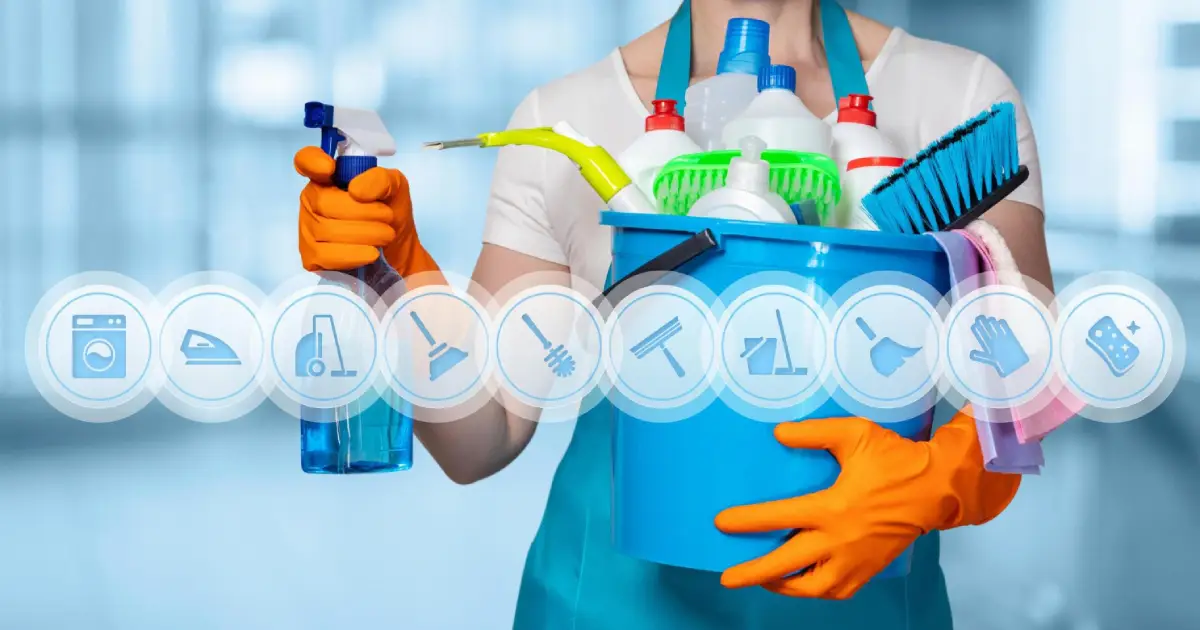
Top 10 Bond Cleaning Tips to Ensure You Get Your Full Deposit Back
January 18, 2024
Admin
-
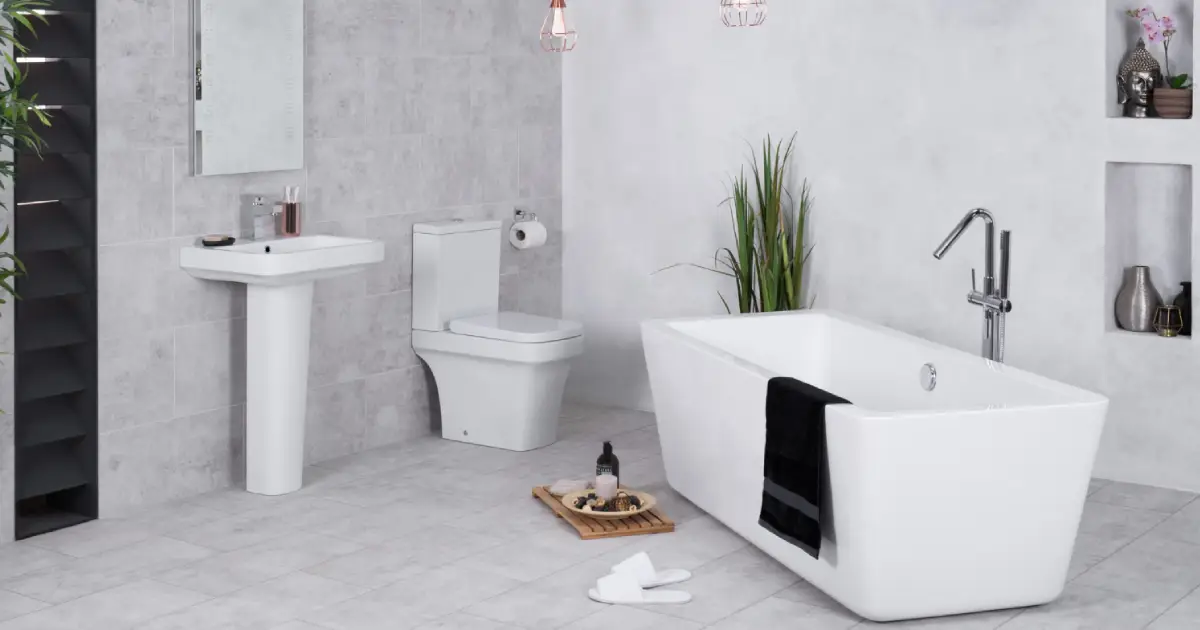
The Ultimate Guide to Getting Rid of Bathroom Odors
December 30, 2023
Admin
-

Renter's Guide to End-of-Lease Cleaning: Scrubbing Away Stress!
December 28, 2023
Admin
-
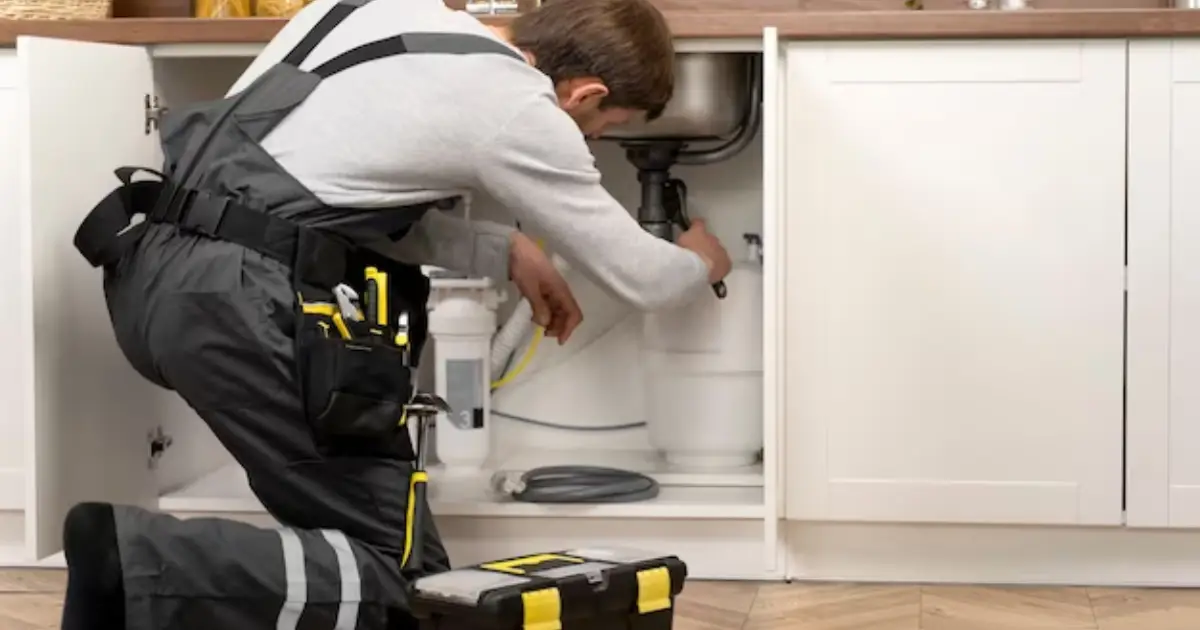
How to Eliminate Drain Flies
December 04, 2023
Admin
-

A Comprehensive Guide to Polishing Tiles
December 04, 2023
Admin
-
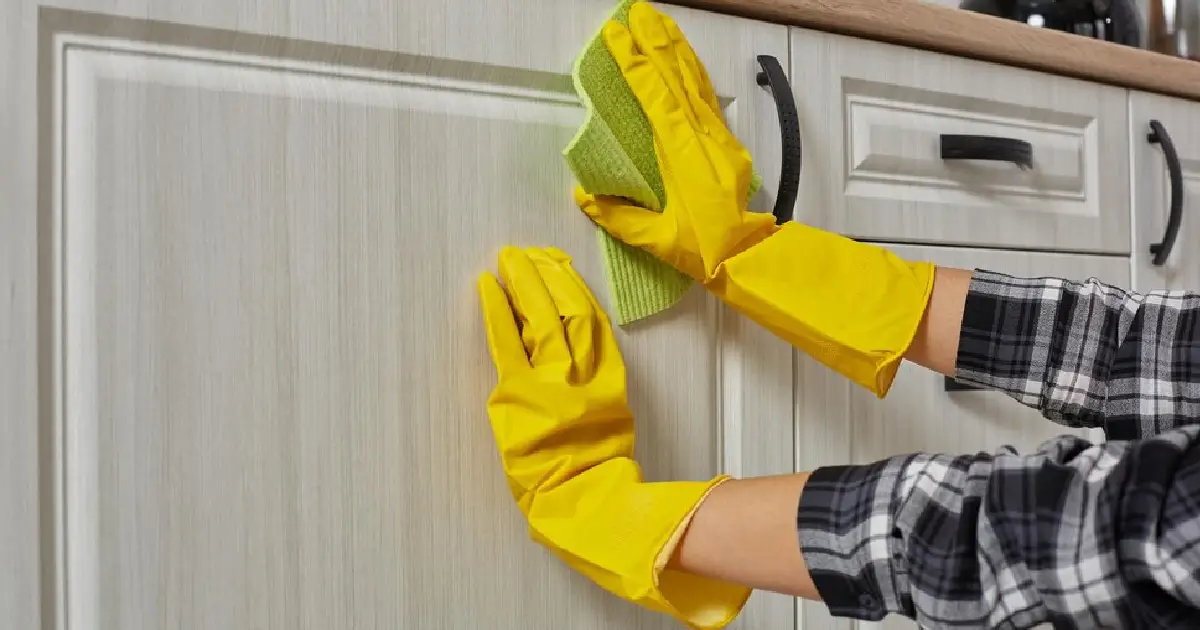
Why Do Your Cabinets Need More Attention Than You Think?
November 16, 2023
Admin
-
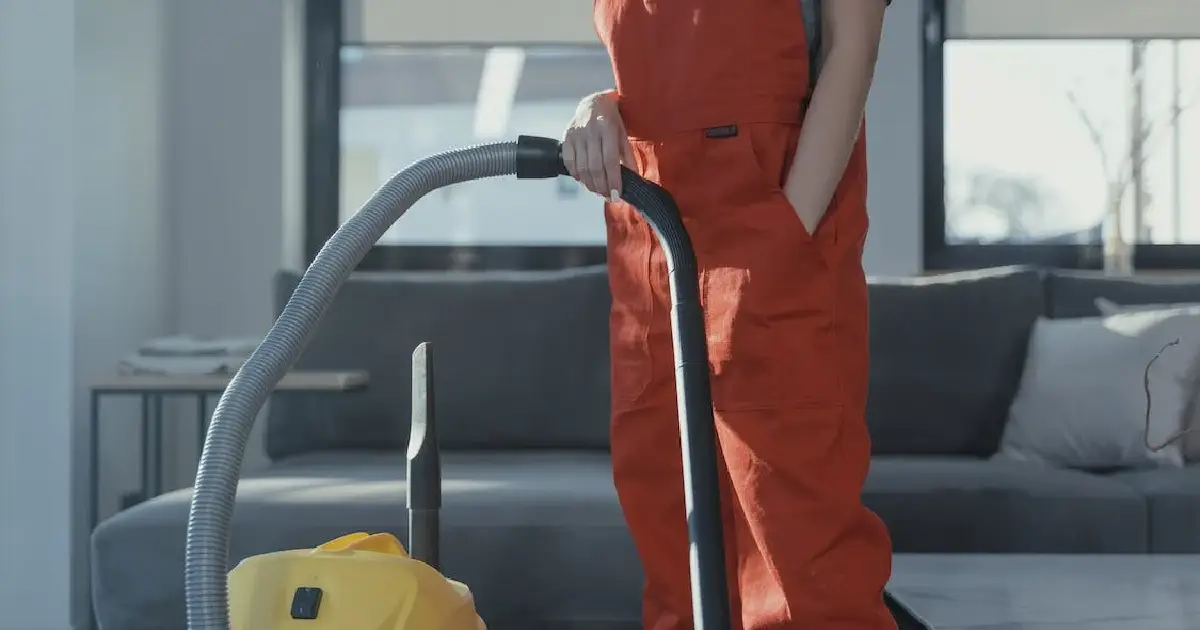
Are Upholstery Cleaners Worth It?
October 30, 2023
Admin
-

The Ultimate Winter Cleaning Checklist For Your Home
August 03, 2023
Admin
-

Winter Care: Effective Upholstery Cleaning
July 31, 2023
Admin
-

Ten Tips For Carrying Out Your Own Car Maintenance
March 24, 2023
Admin
-
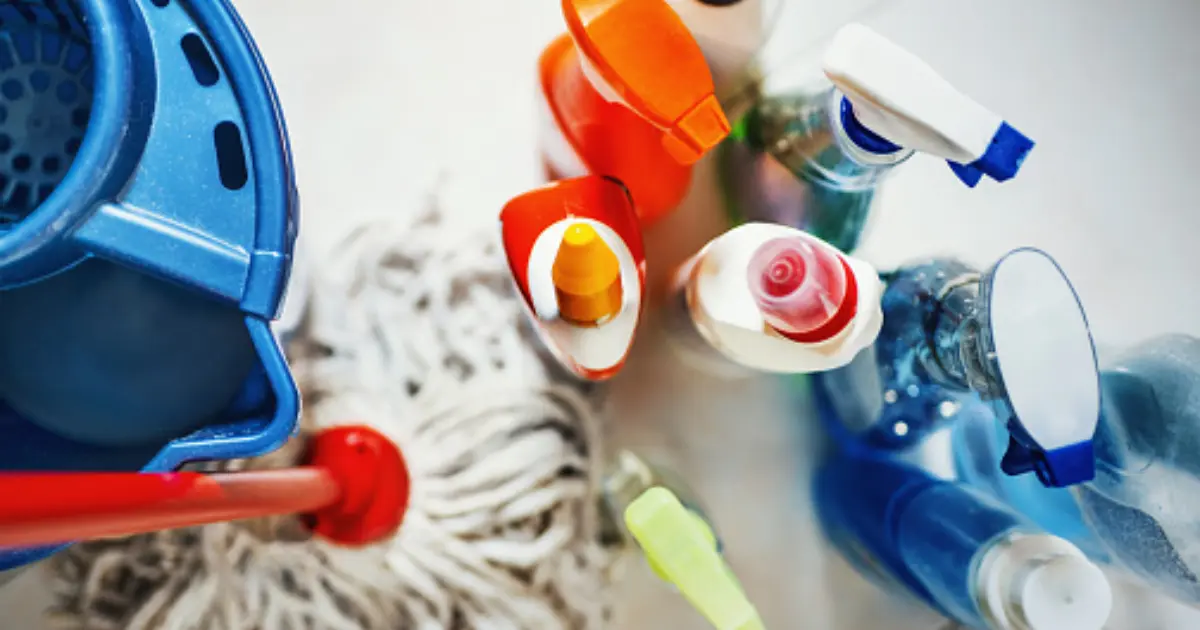
7 Tips for Cleaning Hard-to-Reach Areas in Your Home
March 02, 2023
Admin
-
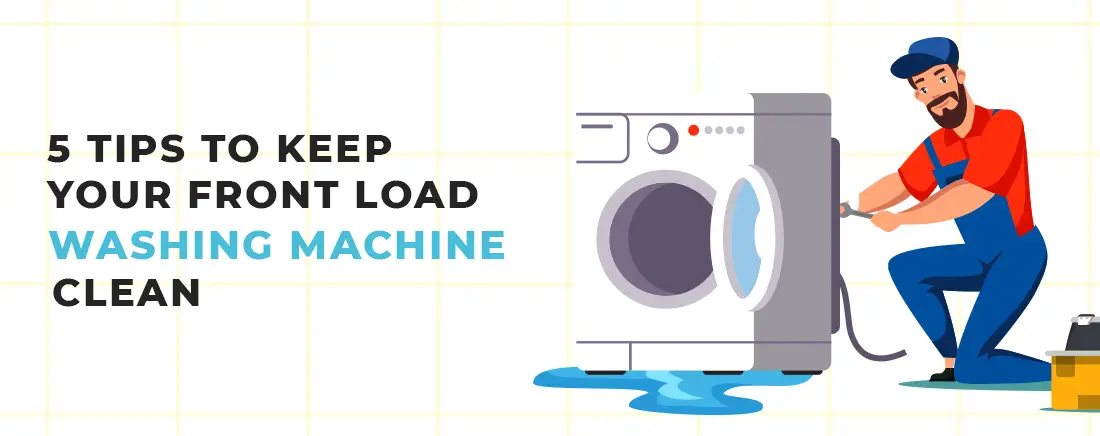
5 Tips To Keep Your Front Load Washing Machine Clean
May 31, 2022
Admin
-

5 Signs Of Pest Infestation In Your House
May 27, 2022
Admin







